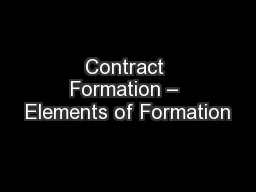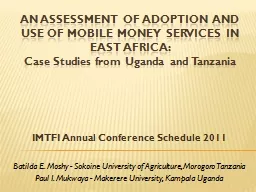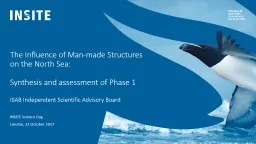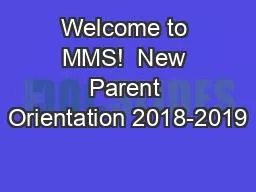PPT-MMS Extended Mission Formation Change Decision
Author : ximena | Published Date : 2024-03-13
Approved at MMS Science Working Group Meeting April 21 2023 Guidelines Approval 1 MMS EOM extended to 2037 Approval 2 FY24 Formation Change Plan Understanding
Presentation Embed Code
Download Presentation
Download Presentation The PPT/PDF document "MMS Extended Mission Formation Change De..." is the property of its rightful owner. Permission is granted to download and print the materials on this website for personal, non-commercial use only, and to display it on your personal computer provided you do not modify the materials and that you retain all copyright notices contained in the materials. By downloading content from our website, you accept the terms of this agreement.
MMS Extended Mission Formation Change Decision: Transcript
Download Rules Of Document
"MMS Extended Mission Formation Change Decision"The content belongs to its owner. You may download and print it for personal use, without modification, and keep all copyright notices. By downloading, you agree to these terms.
Related Documents














